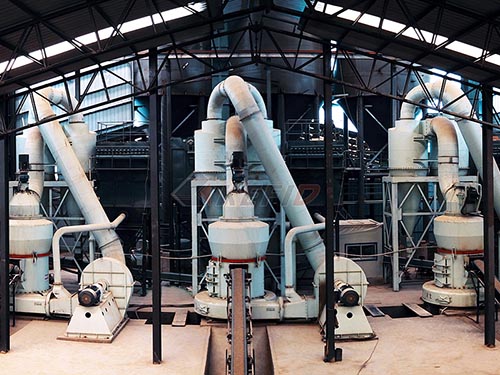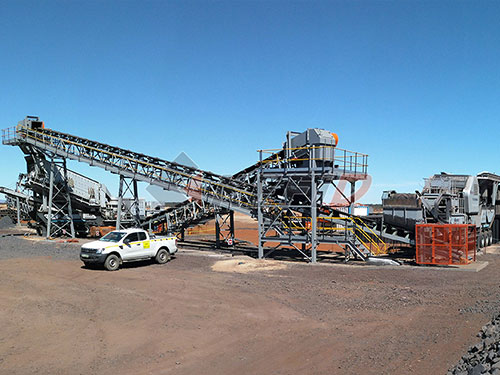Secondary Impact Crusher
A Secondary Impact Crusher is a type of crushing machine used in aggregate production, mining, and recycling to reduce the size of materials after primary crushing. It is designed to handle softer to medium-hard rocks (e.g., limestone, asphalt, concrete) and produce a more cubical product compared to primary crushers.

Key Features:
1. Function:
- Processes pre-crushed material (from jaw or gyratory crushers) into finer, more uniform sizes.
- Ideal for shaping aggregates and improving particle quality.
2. Working Principle:
- Utilizes impact force from rotating hammers/blow bars striking the material against breaker plates or aprons.
- Material is crushed by high-speed impact and shear forces.
3. Types of Secondary Impact Crushers:
- Horizontal Shaft Impactors (HSI): Common for softer materials; high reduction ratios.
- Vertical Shaft Impactors (VSI): Better for cubical shaping (e.g., sand production).
4. Advantages:
- Produces well-shaped, uniform end products.
- Higher reduction ratio than cone crushers for certain materials.
- Lower operating costs in some applications compared to compression crushers.
5. Applications:
- Aggregate production (road base, concrete, asphalt).
- Recycling (concrete, demolition waste).
- Mining (soft to medium-hard ores).
6. Limitations:
- Not ideal for very hard or abrasive materials (e.g., granite).
- Higher wear on blow bars/hammers than compression crushers.
Comparison with Other Crushers:
- Primary Crusher (Jaw/Gyratory): Handles large raw feed; coarse output.
- Secondary Impact Crusher: Refines material; bet

shape/size control.
- Cone Crusher: Better for hard/abrasive rocks but less cubical output.
Popular Brands/Models:
- NP Series
- CI Series
- Cedarapids IP Series
- Kleemann MR Series
Would you like details on maintenance, capacity selection, or specific use cases?

